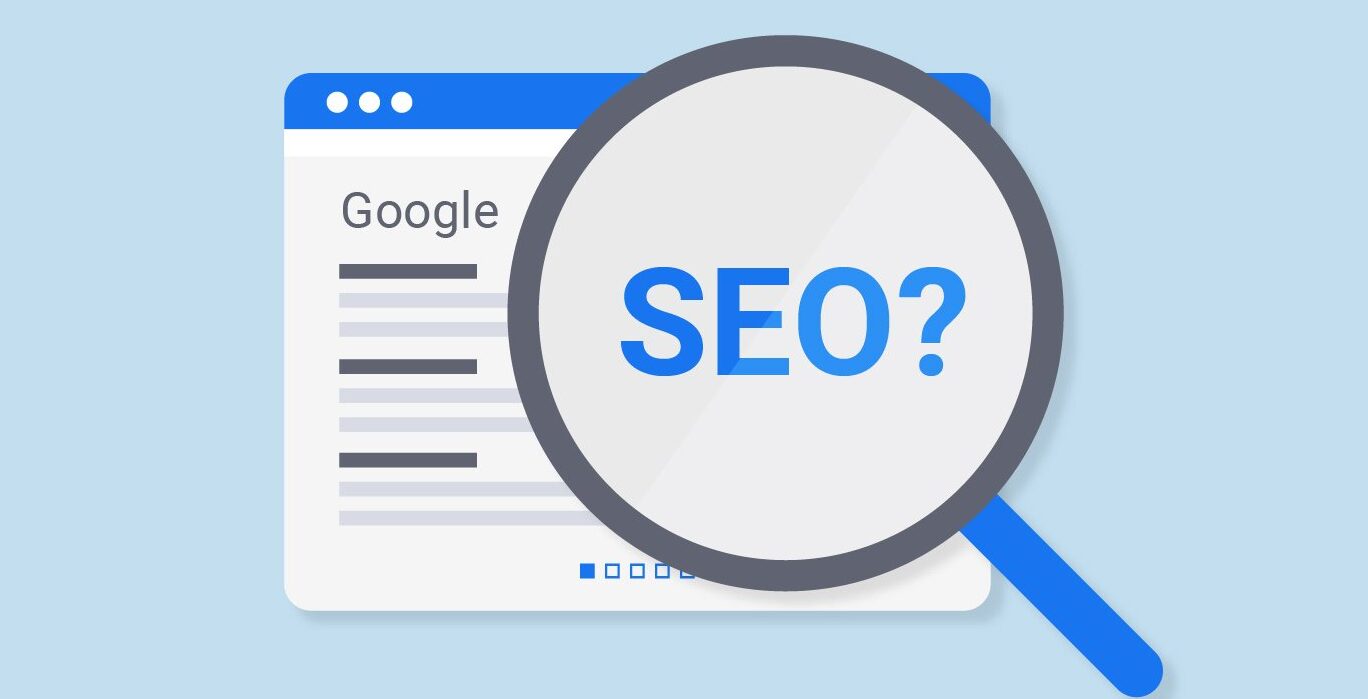Optimizing page load speed is crucial for both user experience and search engine optimization (SEO). A fast-loading website can improve your search engine rankings and keep visitors engaged. Here’s a guide on how to optimize page load speed for SEO:
1. Measure Your Current Speed
Before you start optimizing, it’s important to know your current page load speed. Use tools like Google PageSpeed Insights, GTmetrix, or Pingdom. These tools provide detailed reports on what’s slowing down your site and offer suggestions for improvement.
2. Optimize Images
Images often take up the most space on a web page, so optimizing them can significantly improve load times.
- Compress Images: Use tools like TinyPNG or JPEG-Optimizer to reduce the file size without sacrificing quality.
- Correct File Format: Use JPEG for photographs, PNG for images with transparency, and SVG for logos and icons.
- Responsive Images: Serve appropriately sized images for different devices using the
srcsetattribute in HTML.
3. Minimize HTTP Requests
Each file (CSS, JavaScript, images) requires a separate HTTP request. The fewer requests, the faster the load time.
- Combine Files: Merge CSS and JavaScript files into fewer files.
- Inline Small CSS and JavaScript: Include small CSS and JavaScript directly in the HTML to reduce requests.
4. Use Browser Caching
Browser caching stores parts of your website on a visitor’s device, so it loads faster on subsequent visits.
- Set Expiry Dates: Use the
Cache-ControlorExpiresheaders to specify how long browsers should cache your content.
5. Enable Compression
Compression reduces the size of your files, making them faster to download.
- Gzip Compression: Enable Gzip compression on your server to compress HTML, CSS, and JavaScript files.
6. Minify CSS, JavaScript, and HTML
Minifying removes unnecessary characters (like spaces and comments) from your code.
- Minification Tools: Use tools like UglifyJS for JavaScript, CSSNano for CSS, and HTMLMinifier for HTML.
7. Optimize Your Server
A fast server ensures your web pages are delivered quickly.
- Upgrade Hosting: If you’re on shared hosting, consider upgrading to VPS or dedicated hosting.
- Use a Content Delivery Network (CDN): CDNs store copies of your site on servers around the world, so users load your site from the server closest to them.
- Reduce Server Response Time: Aim for a server response time under 200ms by using efficient server-side scripts and optimizing your database queries.
8. Implement Lazy Loading
Lazy loading defers the loading of non-essential resources (like images below the fold) until they are needed.
- Lazy Load Images: Use JavaScript libraries like LazyLoad.js to implement lazy loading on your site.
9. Reduce Redirects
Each redirect adds additional HTTP requests and increases load time.
- Limit Redirects: Avoid unnecessary redirects and ensure your URL structure is clean.
10. Monitor and Test Regularly
Regular monitoring and testing ensure your site remains fast and SEO-friendly.
- Regular Audits: Use tools like Google PageSpeed Insights and GTmetrix regularly to monitor your site’s performance.
- Performance Budget: Set a performance budget to ensure your site does not exceed a certain load time.
